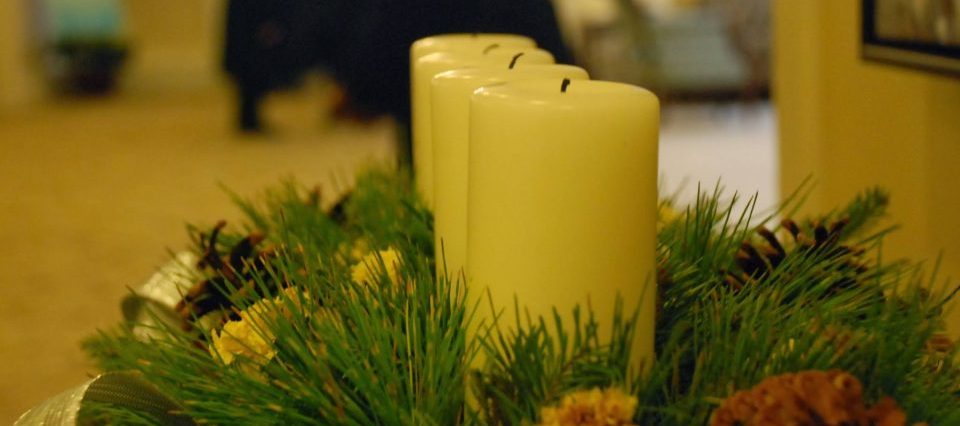今日長老會 / 2014 大齋期靈修指引Presbyterians Today | 2014 Lenten Devotional (中文) / (English Version)
Symbol Riddles for Lent大齋節期的猜謎答案
What does the crowing rooster have to do with Lent and Easter?
Answer: The Bible tells us a story about Jesus talking to Peter just before Jesus died. Jesus told Peter that before the rooster crowed three times in the morning, Peter would be so scared that he would say he didn’t know Jesus. Peter said, “No! No! This isn’t possible.” But, in fact, it did happen. The rooster reminds us that sometimes we, too, disappoint Jesus.
What do palm branches have to do with Lent?
Answer: We use palm branches to remember the story of Jesus riding into Jerusalem on the back of a donkey. Palms were a sign of hope. When a tired and thirsty traveler was in the desert and saw a palm tree, he was delighted because he knew he was near an oasis and that gave him hope.
What does the colour purple have to do with Lent?
Answer: Each season of the Christian year has a colour that goes along with the season. This helps us remember what part of the Christian year we are celebrating. The colour purple is associated with lent because purple is a “royal colour,” a colour that kings wear. Purple reminds us that Jesus is like a special king to us.
Where does the word “Lent” comes from?
Answer: The term comes from the Middle English lente, meaning “spring,” and originally from the Old English lengten, meaning “to lengthen” – referring to daylight. Lent begins with Ash Wednesday and is the 40 day period before Easter. In the early church was a time to prepare candidates for baptism.
What do ashes have to do with Lent?
Answer: Ash Wednesday follows Pancake (Shrove) Tuesday and is the first day of Lent. Ashes remind us of deadness. In Old Testament times dust and ashes were used as a sign of sorrow. In some churches on Ash Wednesday, ashes are rubbed on people’s foreheads to remind them of Jesus’ sorrow as he drew near the cross.
What do pancakes have to do with Lent?
Answer: Pancakes are traditionally eaten on Shrove Tuesday, the day before Lent begins. Shrove Tuesday is a day to have fun, dance and play before beginning a special time of thinking about Jesus. We call this time “Lent.” Some people used to fast or not eat much during the time of Lent. Pancakes were eaten to use up the fat, eggs and butter in the home.
